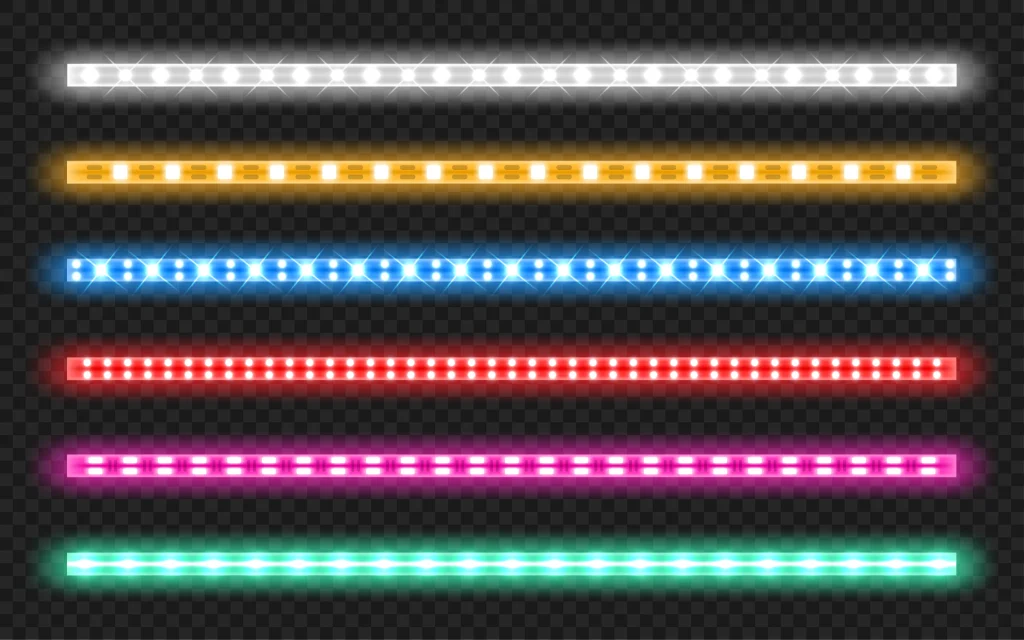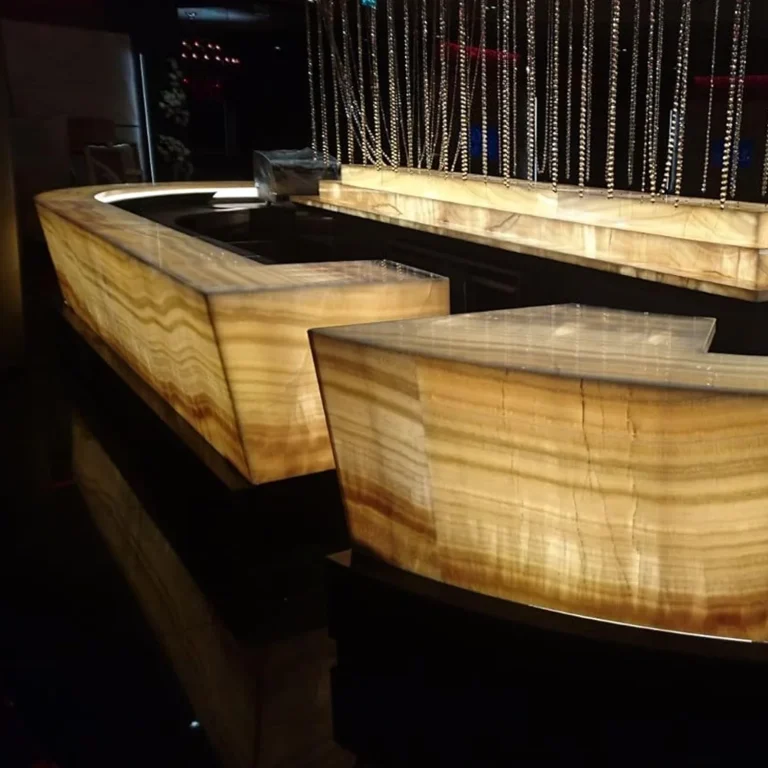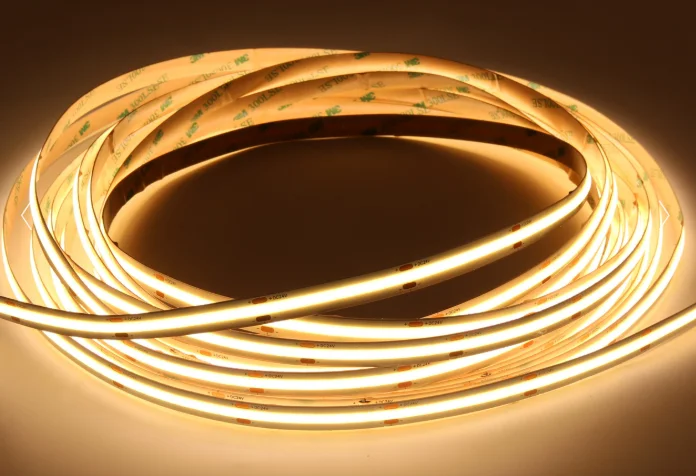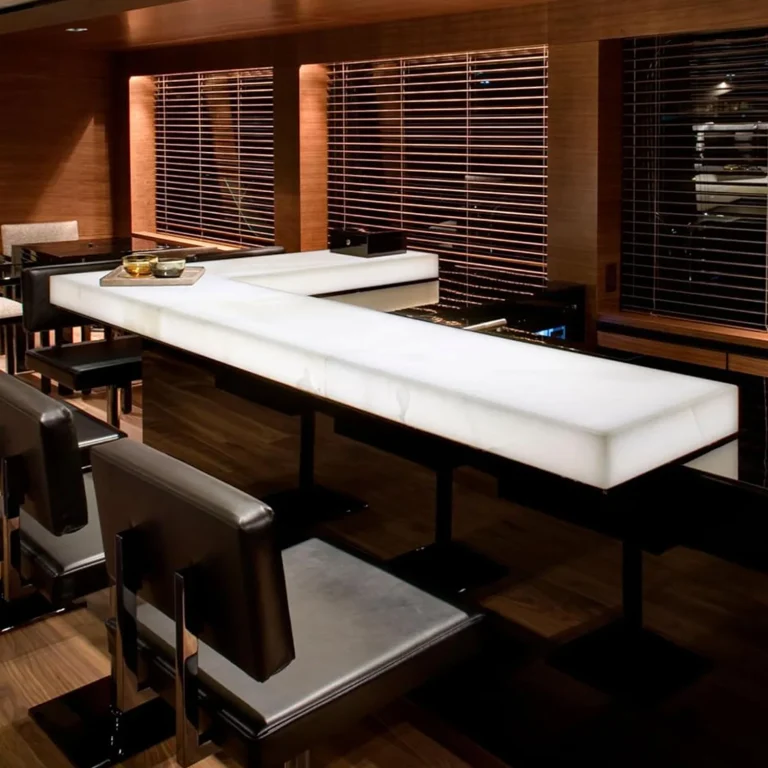This comprehensive guide explores the key differences between LED tubes and traditional neon tubes, covering structural design, energy efficiency, lifespan, maintenance, and light quality. LED tubes utilize solid-state technology for superior durability, energy savings (50,000+ hour lifespan), and environmental benefits, while neon tubes offer vibrant colors but require more power and maintenance. The analysis highlights LED advantages like smart controls, customization options, and cost-effectiveness over time. RAYMATES‘ innovative LED solutions demonstrate applications in commercial, architectural, and creative lighting, with advanced features like seamless glow effects and weather resistance. The comparison ultimately positions LED technology as the sustainable, high-performance choice for modern lighting needs across industries.
Fundamental Differences Between LED Tubes and Neon Tubes
What Constitutes the Structure of LED Tubes?
LED tubes shimmer with cutting-edge brilliance. They weave together light-emitting diodes (LEDs) on a sturdy foundation, often crafted from aluminum or pliable printed circuit boards (FPC). These diodes nestle within a clear or softly diffused casing. This shield not only guards them but also scatters light evenly, like stars across a twilight sky. Remarkably, LED tubes dance effortlessly across a spectrum of voltages, from a delicate 3V to a robust 230V. Such adaptability makes them perfect for adorning spaces, illuminating commercial showcases, or accentuating architectural marvels.
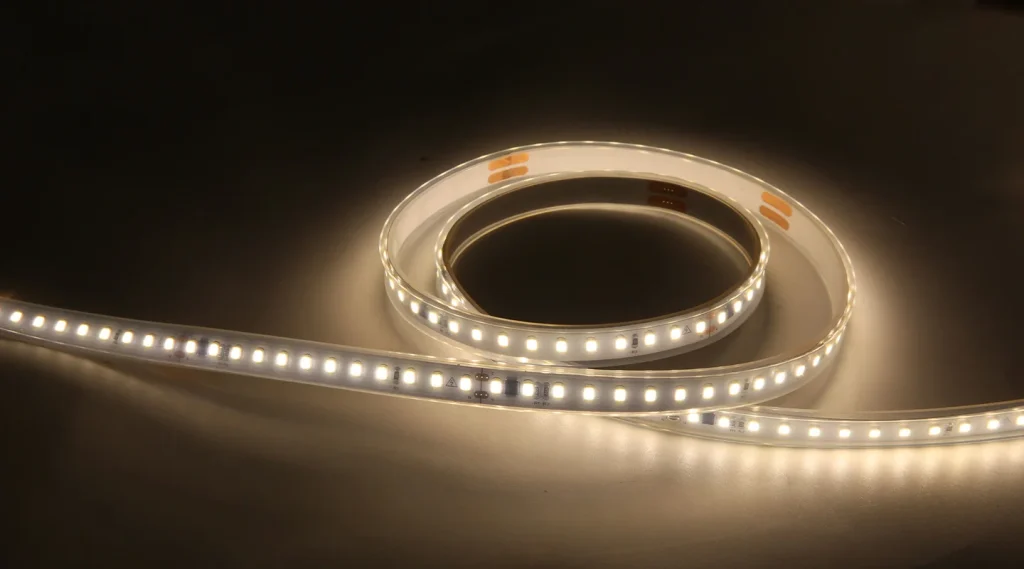
How Are Neon Tubes Designed to Function?
Neon tubes glow with a nostalgic charm. They encase noble gases, like neon or argon, within sealed glass chambers. When electricity surges through, the gas awakens, casting a radiant hue. The shade depends on the gas and the tube’s inner coating. Their vivid brilliance and malleability craft mesmerizing signs or artistic flourishes. Yet, their reliance on high-voltage transformers and fragile glass frames renders them delicate, like a glassblower’s fleeting masterpiece.
What Are the Key Technological Variations?
LED tubes and neon tubes diverge in their inner workings. LEDs harness solid-state wizardry, glowing with efficiency and enduring strength. They emit minimal warmth, like a cool summer breeze. Neon tubes, however, thrive on gas discharge, guzzling energy and radiating heat. Moreover, LEDs embrace modern sorcery. They dim or shift hues at a whim, guided by smart systems. This flexibility sets them apart, like a painter with an endless palette.
Energy Efficiency Analysis
How Do Power Consumption Levels Compare?
LED tubes sip electricity with graceful restraint. Neon tubes, in contrast, demand a hearty gulp of high voltage to spark their gases. Yet, LEDs match or surpass neon’s brightness with far less effort. Over time, this frugality weaves a tapestry of savings, lightening the burden on both wallets and power grids.
Is Heat Generation a Concern?
Heat tells a tale of waste. Neon tubes, with their fiery ionization, blaze warmly, squandering energy. LED tubes, however, remain serene. Their clever thermal designs whisk away warmth, ensuring efficiency and safety. This cool-headed approach makes LEDs a beacon of reliability in any setting.
What Is the Environmental Impact of Energy Usage?
LED tubes tread lightly on the earth. Their modest energy needs curb greenhouse gas emissions, easing the strain on nature. Unlike some neon lights, they shun toxic mercury. This purity aligns them with a greener tomorrow, like a forest thriving in harmony with the sun.
Lifespan and Maintenance Considerations
Are LED Tubes Durable Across Different Environments?
LED tubes stand resolute, like sentinels in the storm. They brave scorching heat, icy chills, or damp air with ease. Their solid-state core laughs off shocks and vibrations. Whether indoors or under open skies, they shine unwaveringly, perfect for any stage.
Do Neon Tubes Require Frequent Maintenance?
Neon tubes, delicate as spun glass, demand tender care. Their glass shells and high-voltage transformers falter over time. Repairs often mean replacing entire segments or wrestling with transformer woes. This constant tending dims their allure, like a fading ember.
What Are the Cost Implications Over Product Lifecycles?
LED tubes may ask for a steeper upfront coin. Yet, their longevity—often surpassing 50,000 hours—paints a different picture. They rarely need tending, slashing costs over time. Neon tubes, with frequent fixes and replacements, drain purses relentlessly. LEDs, like a wise investment, bloom with value.
Light Quality and Performance Characteristics
How Can You Customize Lighting with RAYMATES LED Products?
RAYMATES’ neon tube led strip weaves a spell of endless possibilities. It glows seamlessly, free of speckled dots, like a river of light. Its beam stretches wide, beyond 180°, bathing spaces in radiance. With deft dimming, it tailors ambiance with precision, perfect for any vision or mood.
Where Can Neon Tube Alternatives Be Effectively Applied?
LEDs mimic neon’s vibrant charm while surpassing its limits. They illuminate building facades, trace bridge contours, or enliven park landscapes. They shape signs with flair, bending to intricate designs. RAYMATES’ solutions shine in these roles, offering both beauty and practicality, like a sculptor’s chisel in skilled hands.
RAYMATES, born in 2009, crafts excellence with a global reach. Guided by ISO9001 and adorned with UL and CE certifications, it blends innovation with eco-conscious ideals. Its creations meet varied needs, lighting the way toward a sustainable future.
Application Suitability in Modern Settings
Why Are LED Tubes Perfect for High-Performance Needs?
LED tubes radiate unmatched prowess. Their solid-state heart ensures resilience and thrift. Efficient thermal designs keep them cool under pressure. They thrive across voltages, from 3V to 230V, embracing global standards. Their smooth, dot-free glow outshines neon’s flicker. In bustling stores, vast factories, or grand architectural works, they perform with elegance.
How Can LED Products Be Used for Creative Lighting Solutions?
LEDs spark boundless creativity. They sculpt ambiance in cozy homes or craft dazzling commercial displays. RAYMATES’ neon tube led strip, with its neon-like vibrancy, bends to any shape. It outlines bridges, glows behind countertops, or forms striking signs. Easy to install and energy-wise, it’s a muse for designers, igniting inspiration at every turn.
Sustainability and Environmental Impact
What Materials Make LED Tubes Environmentally Friendly?
LED tubes embrace the earth’s embrace. Free of mercury’s taint, they use safe, solid-state components. Aluminum bases and silicone shells invite recycling, weaving a cycle of renewal. These choices echo a commitment to a cleaner world, like a river flowing free of poison.
How Does LED Technology Help Reduce Carbon Footprint?
LEDs shine with eco-friendly grace. They consume a fraction of neon’s energy, easing the grid’s burden. This thrift shrinks carbon emissions, like a forest absorbing the air’s excess. Their long life curbs waste, sparing resources. Each LED tube is a step toward a lighter planetary load.
Cost Effectiveness Over Time
Why Do LED Tubes Offer Better Value for Businesses?
LED tubes, though pricier at first, prove their worth. Their 50,000-hour lifespan dwarfs neon’s fleeting glow. Sturdy and low-maintenance, they spare businesses costly interruptions. Energy savings trim bills steadily. For enterprises, LEDs are a steadfast ally, delivering value with every flicker.
How Do Operational Costs Compare Between Technologies?
Neon tubes thirst for power, their transformers humming hungrily. They burn hot, wasting energy. LEDs, serene and efficient, sip voltage sparingly. Their thermal finesse extends their life and cuts costs. Over years, LEDs weave a web of savings, far outpacing neon’s costly demands.
Future Trends in Lighting Technology
What Innovations Are Shaping LED Tube Design?
LED tubes evolve with dazzling ingenuity. Tunable white LEDs shift hues on command, like a chameleon’s dance. Smart IoT links let them bow to remote whims, weaving into smart homes. These leaps make LEDs not just lights, but partners in modern living.
How Do Advanced Materials Improve Lighting Efficiency?
New materials elevate LEDs to new heights. Ceramic bases channel heat with finesse, boosting power without strain. Silicone shells, clear as crystal, amplify light while defying UV’s bite. These advances make LEDs brighter, tougher, and greener, like a beacon blazing through fog.
RAYMATES, since 2009, leads with visionary zeal. Its ISO9001 backbone and UL, CE seals ensure quality. By fusing bold technology with green ideals, RAYMATES lights a path to a radiant, sustainable tomorrow.
FAQ
Q1. Can LED tubes be used outdoors?
A: Yes! Many LED creations, with IP65 or higher ratings, defy rain and storm, shining brightly in open air.
Q2. Are there customizable options available for specific projects?
A: Indeed! RAYMATES’ neon tube led strip bends to any dream, shaping light to fit unique designs.
Q3. What maintenance is required for LED-based lighting solutions?
A: Little is needed. With sturdy builds and lifespans beyond 50,000 hours, LEDs glow on with minimal care.

